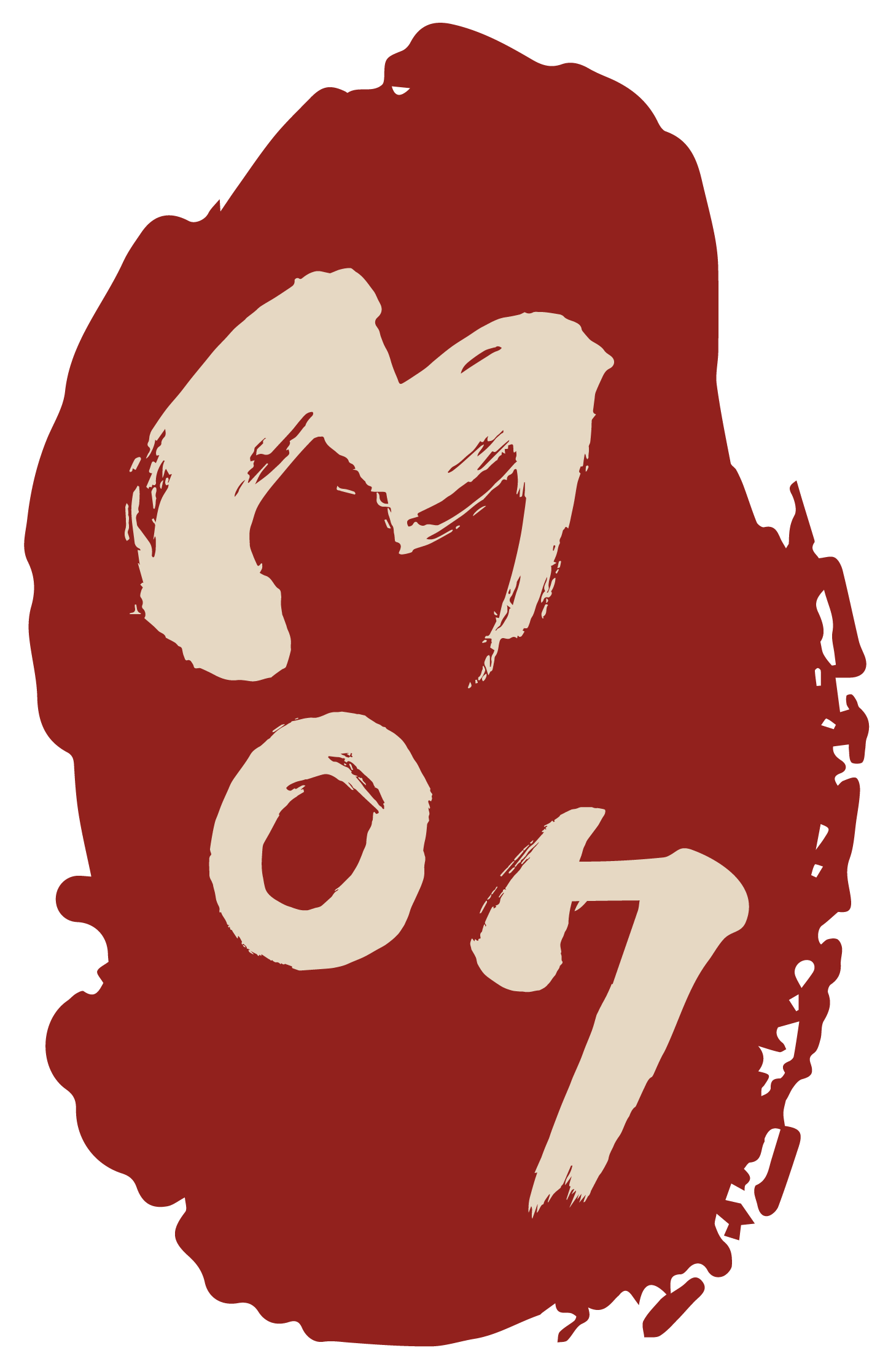Octagonal Bowl
Bowl
Octagonal grey bowl with thick-walls. Small strong standring. Designed in Sanggam inlay technique Korean style.
Object ID
Korea_003
Age
Koryō Period, 13th century
Material
Ceramics
Color
Grey
Height
4.4 cm
Height (standfoot)
0.3 cm
Diameter
10.6 cm
Diameter (bottom)
6.5 cm
Condition
Very Good
Price
on request
Description
The bowl in octagonal shape and with flat bottom is thick-walled and has a little protruding standring. It is completely glazed, a sign for high quality. The inside center of the bowl and the walls have a bas-relief decoration: eight fields and a medaillon with traces of ornaments. A pretty ribbon encompasses the entire outside. The patterns are designed in Sanggam inlay technique, developed by Korean artisans. Each of the eight rectangular fields is decorated with a chrysanthemum. This decoration is inset with white and black slip. [1] Upper and lower lines form the conclusion around. The Sanggam-technique was developed from Korean artists. The motifs were cut or stamped on the unglazed surface and inlayed with kaolin-containing and black slip that changes during the burning process to white respectively black colors. While shaping and decoration were originally influenced by Chinese forms, the Korean craftsmen developed a specific objective of art and character. [2] Following the expert Kun Choi the most important contribution of the Seladon culture was not only the introduction of new spectacular techniques, rather more its role to accompany and delight people in their lives. [3] (HV)
________________________
[1] Soontek, Choi-Bae (1984): Seladon-Keramik der Koryō-Dynastie 918-1392. Bestandskatalog des Museums für Ostasiatische Kunst. Köln. 222
[2] Kun-Choi (2000):Sanggam ch’čongja: Seladonporzellane mit Einlegedekor. In: Handbuch der Koreanischen Kunst. Steinzeug und Seladon. Aus dem Koreanischen übersetzt von Yunjin Chung und Hans-Alexandr Kneider. Wasmuth Verlag. Tübingen. 57-65
[3] Choi, Kun (2000): Das Geheimnis des Koryō-Seladons (10.-14.Jh.). In: Handbuch der Koreanischen Kunst. Steinzeug und Seladon. Aus dem Koreanischen übersetzt von Yunjin Chung und Hans-Alexander Kneider. Wasmuth Verlag. Tübingen. 58







